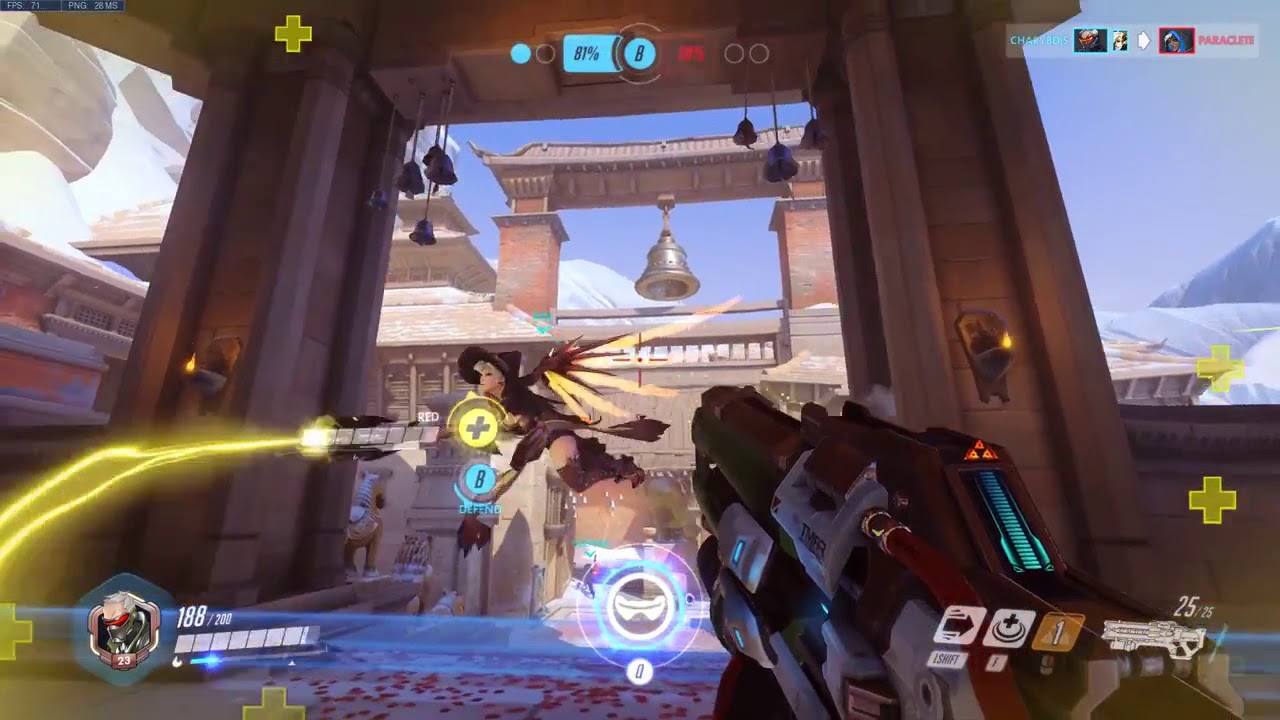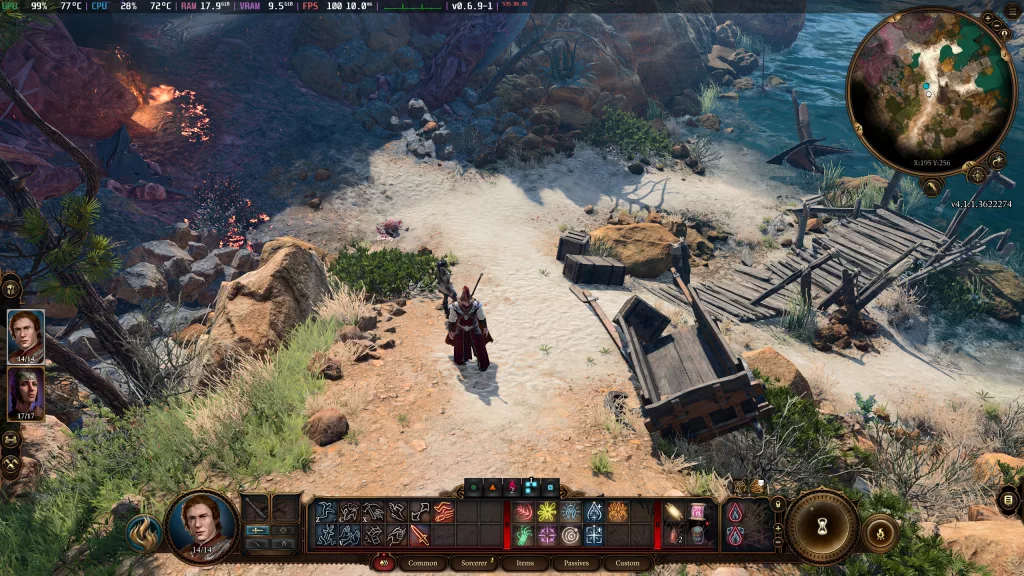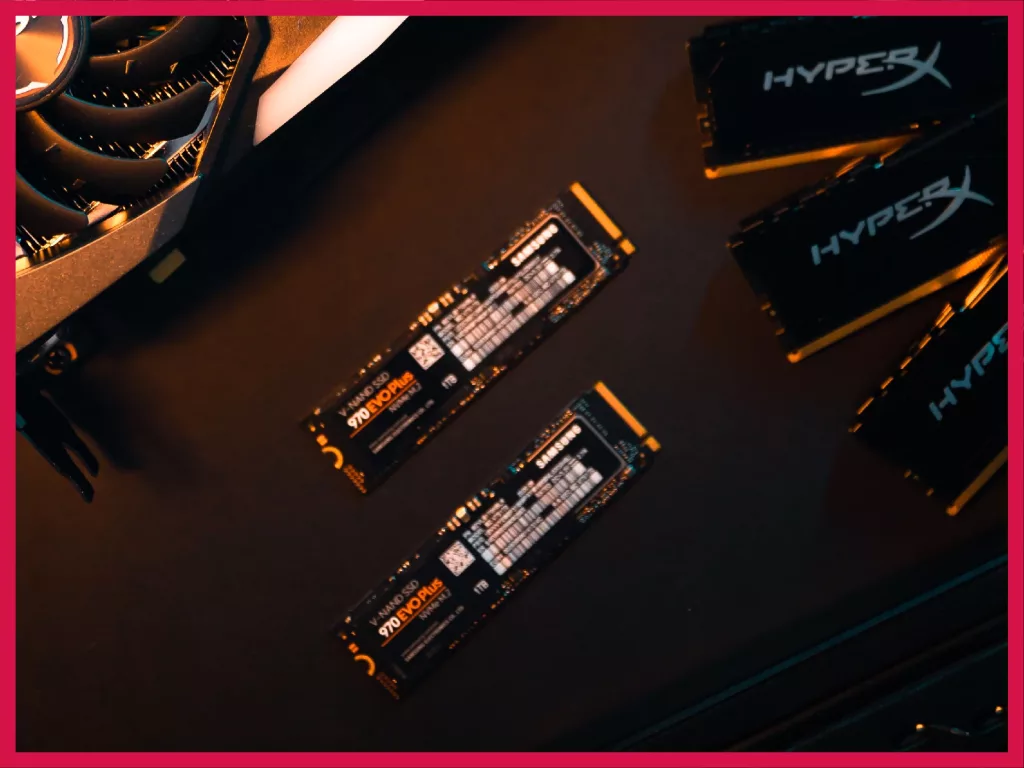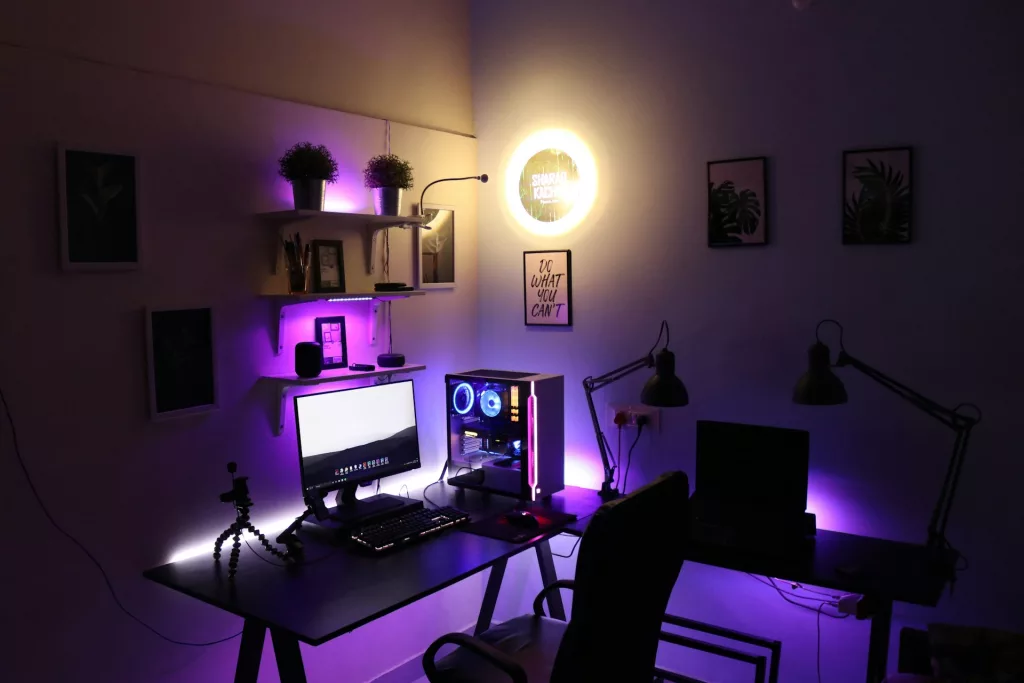The FPS is the most important aspect of any video game. It’s also called the framerate. It stands for frame per second. But that’s not why you’re here, are you? In a nutshell, the FPS is the quality of experiencing images smoothly.
Ideally, the FPS in a lifelike or AAA game should not be below 30. This is not the ideal FPS but games are playable at 30 FPS. In many genres, the FPS is less important.
Also read: Improve gaming FPS in 2022.
In many games (most of the indie games), you can’t increase the framerate beyond a small point, which is where the game is playable as per the developers.
Every gamer has different preferences, and so everyone has their own take on the ideal FPS (which collides with the average FPS they play at). It’s true, however, that nearly everyone wants smoother gameplay.
And FPS increases smoothness. After all, it stands for frames or rendered images per second. 60 FPS directly means that your hardware is rendering 60 separate images in a second.

What FPS is ideal for gaming?
FPS is directly dependent on the configuration of the hardware and the resolution of the screen. Now, what FPS is ideal for gaming?
Actually, it depends upon the personal taste of the gamers. Some love to play at 30 FPS, and others prefer more than 30 or 60 FPS. Most of the users prefer 60 FPS and it can easily be called the goldilocks zone of gaming. 60 FPS gaming provides a flawlessly unblemished, unpaused, and more responsive experience.
However, recent games and innovation in gaming hardware have both contributed significantly to making the 60 FPS moniker sound outdated, and for good reason. Games now utilize hardware to churn up to 200-300 frames per second, which is considered the new norm among the more elite gamers.
How many FPS can the eye see?
It has been a topic of debate for many years and going to be so in the coming time. The ideal answer is that a healthy human eye can easily see up to 60 FPS.
The best bet here is to claim that the human eye can see 30 to 60 frames per second easily.
Movies have historically been shot at 24 FPS. Although there are more technical reasons behind that, what it means is that 24 is considered to be the best framerate to enjoy a movie, the minimum so to speak, without increasing the file size too much.
In animation principles, 12 FPS is considered to be the “bare minimum” for the human eye to see movement comfortably. However, a game is neither a movie nor an animation. For example, in animation, an exaggerated approach can show a movement in 12 FPS, but the same thing when adapted into an AAA game will need at least 30 FPS to feel comfortable.

Most human eye’s ability to detect flickers ranges between 50 to 90 Hz. If an eye can detect flickering, it won’t take the output from a screen as a continuous stream of motion.
Bottom line? The ability of the human eye to see all frames in a second is topped at 60. Beyond 60 FPS, most of us cannot distinguish between frames anymore. However, many effects within games indeed become smoother to the human eye beyond even 100 FPS.
What’s considered a “good” framerate?
60 FPS can be considered a good framerate because it is neither very high nor very low. It is the standard rate to experience games without any flicker or jump and provides a smooth, more comfortable feel.
For lower-end or older games, 30 FPS can be the “good” framerate.
That brings us to the key question: How much minimum FPS should you have for gaming?
The minimum FPS suggested for gaming is 30. Anything below 30 FPS is still passable gaming but not “good”.
Which hardware parts affect gaming FPS?
CPU and GPU matter a lot and affect the FPS primarily. The process of running a game includes rendering the data or instructions to the CPU from a game to the GPU. After receiving the instruction from the CPU, GPU programs the data and supplies the images to the monitor.
So, the graphic card is the most important element for gaming.
Take note that monitors have a maximum cap called the refresh rate. If a monitor’s refresh rate is 60 Hz, it cannot output more than 60 FPS even if you have a powerful GPU pushing out 120 FPS. All the extra power consumption is simply going to waste in this case.
Apart from the GPU, CPU, and monitor, the RAM, motherboard, power supply, cooling, etc. also affect FPS.





